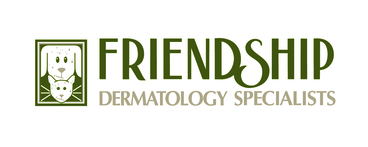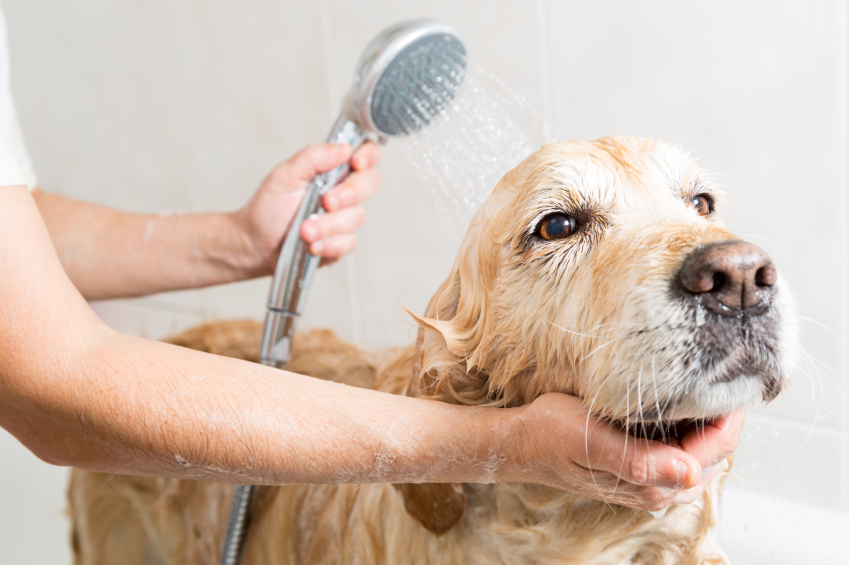Post Grooming Furunculosis
What is post-grooming furunculosis?
Post-grooming furunculosis is a deep skin infection that occurs rather quickly, usually on the back of dogs (where grooming products are commonly placed). The infection is often due to an organism, particularly Pseudomonas aeruginosa, that is associated with water environments. Because of this association, most affected dogs have a history of grooming, scrubbing, or toweling two days prior to symptoms (range 1-7 days). In humans, a similar type of infection has been noted after use of hot tubs. The precise source of the bacteria is not always clear as cultures from shampoo bottles are infrequently positive.
What are the symptoms?
Large-breed dogs with thick wiry or short coats may be more commonly affected. The skin lesions on the neck, back, and tail are often painful. In thick-furred dogs (ex. German shepherds, Labrador retrievers, Golden retrievers, Welsh Corgis), the red, crusted, oozing lesions may be hidden by the fur, so shaving is sometimes needed to better visualize. The majority of patients feel systemically unwell with lethargy, fever, and sometimes, gastrointestinal signs. These systemic signs develop because of toxins released by the bacteria in the skin.
How is it diagnosed?
The diagnosis can be tricky if a patient presents only with a fever of unknown origin. Labwork may be performed given the systemic signs. The history of recent bathing and location of painful lesions can be helpful.
Definitive diagnosis usually requires a combination of biopsy for histopathology and culture. Histopathology involves lab processing and interpretation by a pathologist under the microscope. If Pseudomonas or a similar bacteria is grown on culture, then there will be information as to which antibiotic may be appropriate; it is important to have this information as Pseudomonas can often be resistant to many types of antibiotics. These results can often take several days.
How is it treated?
Since diagnostics can take several days for confirmation, and the patient is usually acutely ill, antibiotics are typically started pending results, based on clinical suspicion. The antibiotic typically chosen, a fluoroquinolone, is not one of the first-line treatments used for other types of skin infections, but it can be very effective for Pseudomonas. Many patients can improve within 24-48 hours of the first few doses of the antibiotic, but it is important to continue treatment until otherwise directed (usually 4-6 weeks given the deep infection). This class of antibiotic can be relatively expensive.
Other supportive measures may be started depending on symptoms, such as intravenous fluids, pain medications, and gastrointestinal medication may be considered.
Can it be prevented in the future?
Because the precise source of the bacteria has not yet been discerned, not all cases can be prevented. However, some changes to grooming habits that can be considered include:
- Make sure not to use diluted shampoos. Bring your own shampoos to the groomer if unsure.
- Consider smaller bottles of antimicrobial shampoo that will be finished relatively quickly prior to expiration.
- Don’t perform vigorous brushing or coat-stripping, whether alone or in conjunction with bathing.
If you think your dog may have post-grooming furunculosis, please contact your veterinarian.

Friendship Dermatology Specialists, led by Dr. Darcie Kunder and Dr. Fiona Lee, is the only board-certified veterinary dermatology group in the District. Specially trained to treat a wide variety of conditions affecting the skin, hair and nails, Friendship Dermatology Specialists see appointments Monday through Friday.


*Featured image courtesy of Provincetown Pet Resort.

